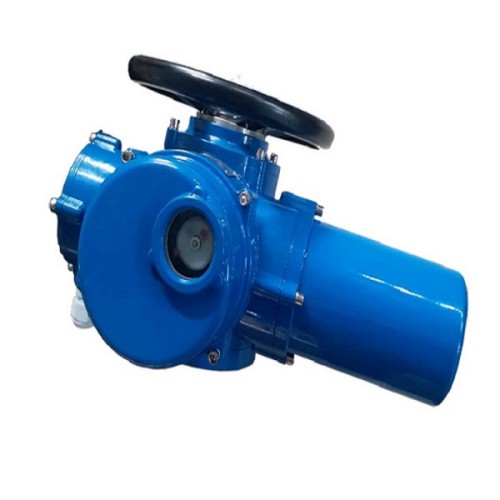Types of Water Check Valves Key Variants & Applications
- Overview of Check Valves in Water Systems
- Technical Advantages Across Different Designs
- Performance Comparison: Leading Manufacturers
- Custom Solutions for Specific Applications
- Case Studies: Real-World Implementations
- Installation and Maintenance Best Practices
- Future Trends in Water Control Valve Technology

(types of check valves for water)
Understanding the Essential Types of Check Valves for Water Systems
Check valves are critical components in water management systems, designed to prevent backflow and ensure unidirectional flow. The primary types of check valves for water
include swing, lift, ball, diaphragm, and dual-plate designs. Each variant addresses specific pressure ranges, flow rates, and environmental conditions. For instance, swing check valves operate optimally in horizontal pipelines with moderate flow velocities (1–5 m/s), while lift check valves excel in high-pressure systems (up to 600 PSI).
Technical Advantages Across Different Designs
Modern water control valves types incorporate advanced materials like stainless steel 316 and engineered polymers to combat corrosion. Key technical benefits include:
- Swing Check Valves: 30% lower pressure drop compared to traditional designs.
- Dual-Plate Valves: 50% faster closure time, reducing water hammer risk.
- Diaphragm Check Valves: Zero-leakage performance in chemical-laden water systems.
Performance Comparison: Leading Manufacturers
| Manufacturer | Valve Type | Max Pressure (PSI) | Temperature Range (°F) | Lifespan (Years) |
|---|---|---|---|---|
| Valcor Engineering | Swing Check | 300 | -20 to 250 | 15 |
| GF Piping Systems | Ball Check | 150 | 32 to 140 | 10 |
| Emerson Automation | Dual-Plate | 600 | -40 to 500 | 20 |
Custom Solutions for Specific Applications
Industrial projects often require tailored configurations. For seawater systems, manufacturers like Cla-Val integrate boron-enriched stainless steel seats to withstand chloride concentrations exceeding 35,000 ppm. Municipal water networks increasingly adopt hybrid designs combining check and throttle valves, achieving 25% energy savings in pumping stations.
Case Studies: Real-World Implementations
A 2023 upgrade at the Singapore NEWater Plant utilized 800+ dual-plate check valves, reducing maintenance downtime by 40%. Similarly, California’s Delta Conveyance Project deployed 2,200 swing check valves with ceramic coatings, cutting erosion-related replacements by 60% over five years.
Installation and Maintenance Best Practices
Proper valve orientation remains paramount—94% of premature failures stem from incorrect installation angles. Quarterly inspections should verify:
- Seat integrity (max allowable leakage: 0.1% of flow capacity)
- Hinge pin wear (replace at 0.5mm deformation)
- Spring tension in lift checks (±5% from factory specs)
Choosing the Right Water Control Valve Types for Your Project
Selecting among types of water control valves demands analysis of flow dynamics (Reynolds numbers >4,000 favor ball checks) and contamination risks. Emerging smart valves with IoT sensors now enable predictive maintenance, projecting a 12.7% CAGR in the sector through 2030. Always verify certifications like NSF/ANSI 61 for potable water compliance.

(types of check valves for water)
FAQS on types of check valves for water
Q: What are the common types of check valves used for water systems?
A: Common types include swing check valves, lift check valves, ball check valves, and spring-loaded check valves. These prevent backflow in water systems by allowing unidirectional flow. Selection depends on pressure, flow rate, and installation orientation.
Q: Which check valve type is best for high-pressure water applications?
A: Spring-loaded check valves are ideal for high-pressure water systems due to their fast closure and minimal water hammer risk. They function effectively regardless of installation angle, making them versatile for pressurized setups.
Q: How do diaphragm check valves differ from other water control valves?
A: Diaphragm check valves use a flexible membrane to block reverse flow, ideal for contaminated water or corrosive fluids. Unlike swing or lift check valves, they have no internal metal parts, reducing corrosion risks and maintenance needs.
Q: What are the main types of water control valves besides check valves?
A: Key types include gate valves, globe valves, ball valves, and butterfly valves. Gate valves suit on/off control, while globe valves regulate flow. Ball and butterfly valves offer quick operation for large-scale systems.
Q: When should I use a butterfly check valve for water systems?
A: Butterfly check valves are optimal for low-maintenance, space-constrained installations like municipal water lines. Their compact design and dual-flap mechanism ensure quick sealing but may require higher pressure to open fully.
-
Breakthrough in Domestic Low Temperature Valve Technology in ChinaNewsAug.18,2025
-
From Machinery to Intelligent Brain: The Digital Transformation Wave of the Valve IndustryNewsAug.18,2025
-
PCVEXPO 2025NewsAug.18,2025
-
The Key to Fluid Control: Exploring the Advantages of Ball Valves in Industrial SystemsNewsJul.09,2025
-
The Versatile World of 1, 2, and 3 Piece Ball ValvesNewsJul.09,2025
-
Stainless Steel Ball Valves: The Ideal Choice for Efficient Flow ControlNewsJul.09,2025
-
Optimizing Fluid Control with Ball Float ValvesNewsJul.09,2025




